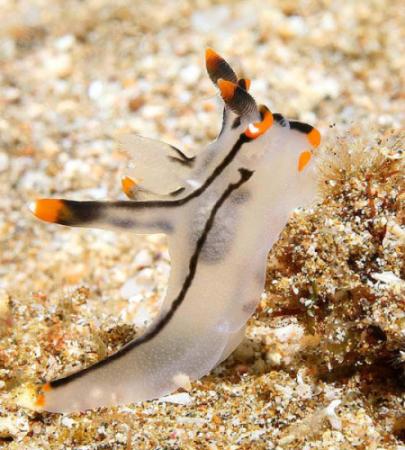The Philippine Islands Underwater

While I was deciding where to travel for my 2006 winter vacation, I read about the whale shark tours in the Philippines town of Donsol on the island of Luzon, where you can snorkel with the resident population of the world's largest fish. Since the Philippines is in the tropics and also has a good selection of topside wildlife, I decided to head there. I bought a Canon 5D SLR camera to replace the Canon G2 point-and-shoot camera I'd previously been using for underwater photography, and also to replace the Canon 1Ds I'd been using for wide-angle photography, and headed over. After only two days in the diving resort area of Alano Beach on the island of Panglao, adjacent to the much larger island of Bohol, I made a rather surprising decision - to learn to scuba dive. Although I've been doing underwater photography for over ten years, it was always as a free-diver, wearing a weight belt but holding my breath as I went down to a maximum depth of about 10 meters. The hassle, expense and risk of scuba diving had always put me off, but I decided to do my PADI open water certification and ended up doing a total of 16 dives, both at Bohol and on Luzon at the small town of Anilao. I was certainly glad I made this decision, though it did have a large impact on the trip and meant that I spent almost all my time either diving or preparing to dive. I only did one short wildlife hunting excursion during my two week stay, and didn't photograph a single bird or butterfly on the entire trip, an unheard of thing for me. I also did far less landscape photography than usual, and ran out of time to visit the world famous rice terraces at Banaue in northern Luzon. Hopefully I'll achieve more balance on future trips, but the payoff on this trip was a wealth of sights which I had no possibility of seeing while free-diving. As well as exotic species like harlequin ghost pipefishes and frog fishes, this one trip provided far more of the region's colorful and strangely shaped sea slugs than I'd seen on all previous trips combined, since they usually live deeper than I can reach by free-diving. |